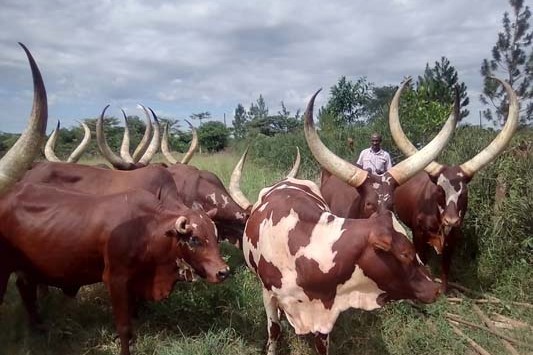By ELAINE FISHER
Dung beetles – the janitors of farmland, perform many beneficial functions for farmers, as a result of their own quest for food and reproduction.
Beetle tunnelling leads to increased aeration of the soil allowing better water penetration. Tunnelling and dung burial also result in increased grass root growth and biological activity in soils under and adjacent to dung pats. Dung beetle activity, therefore, leads to reduced run-off of rainfall and better retention of dung and urine in the soil. This, in turn, results in reduced microbial contamination in run-off, less leachate pollution and reduced eutrophication of our freshwater.
Stock will not graze around dung pats unless forced to by high stocking rates or having restricted access to pasture. Dung burial by beetles enhances grass growth through nutrient recycling, improved soil structure, and increases the amount of pasture available, improving long-term sustainable productivity.
Dung beetle activity reduces reinfection of livestock by parasitic worms. This is achieved by dung beetles directly or indirectly killing the eggs and young larvae of the parasitic worms. They do this in several ways. Firstly, the dung pat dries out faster as it is broken up by dung beetles – this kills parasite eggs and larvae faster than in dung pats without beetles. Secondly, the processing of dung into brood balls by the adult beetles and direct feeding by dung beetles and their larvae kill parasite eggs and larvae. Thirdly, deep burial of dung reduces vertical migration by parasite larvae back up to the soil surface.
DEATH TO THE FLIES
Blowflies associated with sheep flystrike do not breed in animal dung but females use it as the nutrient resource for maturing eggs. In New Zealand, other nuisance flies such as biting stable flies, house flies, and flesh flies are known to breed in livestock dung. When dung burying beetles and dung breeding flies compete in dung, the beetles win. Survivorship of fly eggs and larvae is significantly reduced by rapid conversion of the dung resource and mechanical damage during dung manipulation by the beetles. Many laboratory and field experiments confirm significant reductions in the numbers of dung breeding pest flies because of dung beetles.
The burial of animal dung and improved infiltration of urine into topsoil will likely reduce the production of methane and nitrous oxide, and is therefore likely to decrease the emission of greenhouse gases associated with animal waste. While adequate quantification of the influence of dung beetle activity on nitrogen emissions remains to be done, some studies have shown dung beetle activity during feeding and nesting will stimulate aerobic conditions, altering the microorganism fauna in dung pats, brood balls, and associated soils to reduce methane production. And when compared to unburied dung, the speed at which freshly deposited dung is buried by moderate to high numbers of dung beetles is also likely to reduce methane production.
Economic benefits from dung beetle activity will arise from enhanced forage palatability, nutrient recycling, and a reduction in pasture pests (nuisance flies and livestock parasites). Dung beetles are a long term 10-year investment. This is due to a combination of it taking time before beetles reach a farm’s full carry capacity and changes in soil chemical and physical structure is a slow process. Based on a pasture response, and therefore higher milk or meat production, there is a positive Net Present Value and an internal rate of return of over 18%.
From a national perspective, conservative estimates from the US suggest that by burying cattle dung alone, dung beetles are worth approximately US$380 million annually to the US economy. In Australia dung beetles are worth a billion dollars a year to their economy. Primarily that’s because they contribute to carbon sequestration, mineral and nutrient recycling, and also the important value they have in reducing the pest burden.
- Source: dungbeetles.co.nz/benefits





